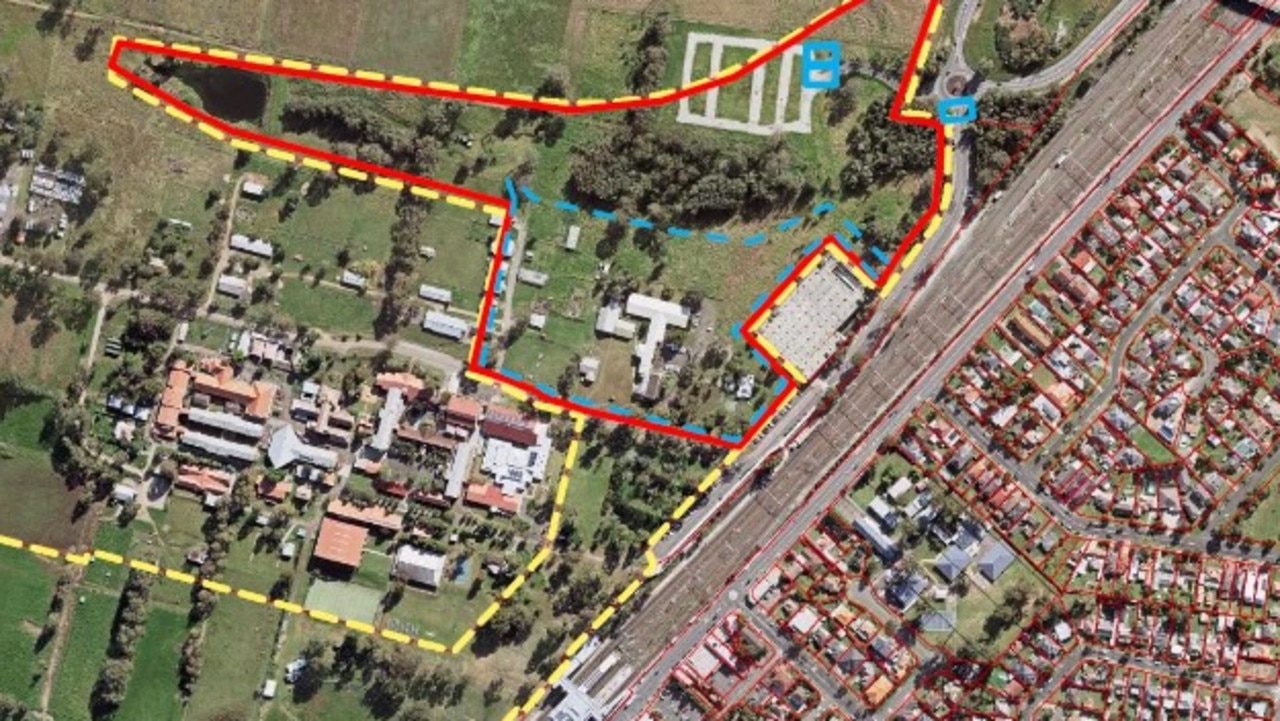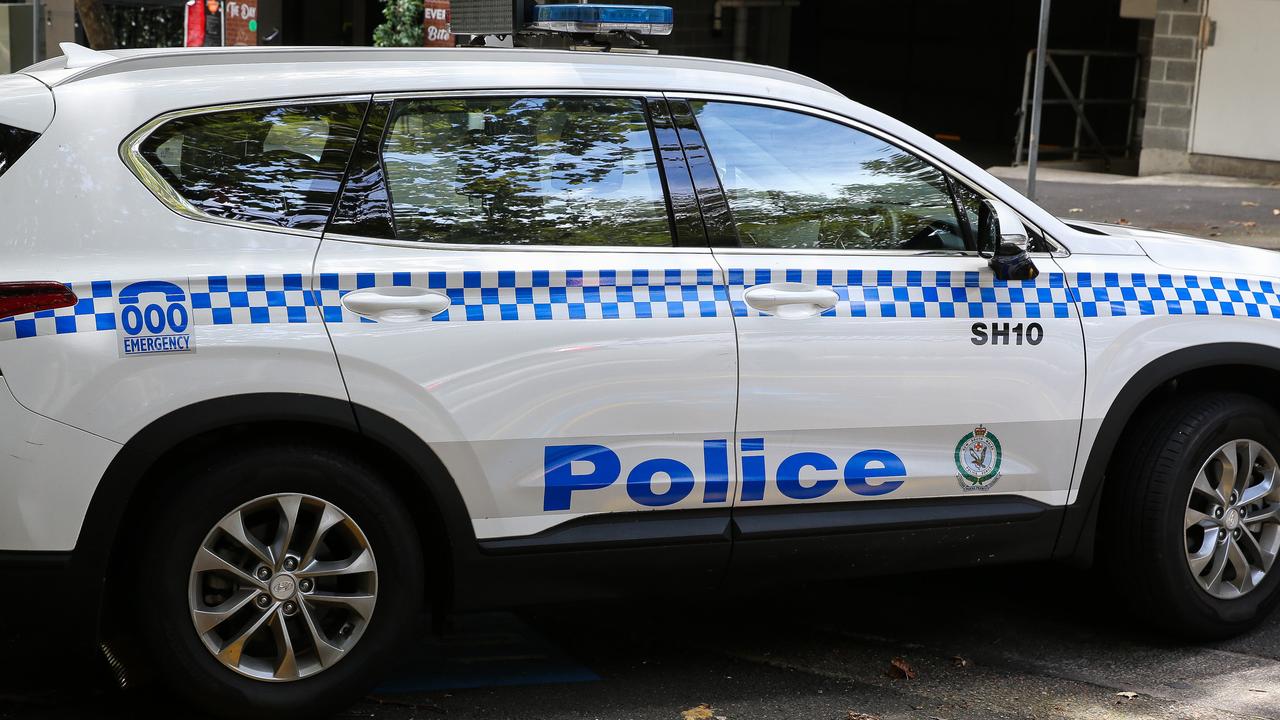Liverpool Hospital’s 5D ward the home of NSW’s medical leeches
LIVERPOOL Hospital is the only NSW hospital to keep leeches — they order 5000 a year — and they supply the slimy little mongrels to hospitals across Australia. Spoiler alert: they’re all killed in the end.
Liverpool
Don't miss out on the headlines from Liverpool. Followed categories will be added to My News.
LEECHES: Bushwalkers despise them but in the medical world they can at times do things modern medicine cannot.
The unconventional treatment in some patients can seem a little off putting, but the results following microsurgery speak for themselves.
The Liverpool Hospital orthopedic and trauma ward (5D) looks after the leeches and its nurse unit manager Julie Smolders said they ordered up to 5000 of the bloodsucking critters each year.
They are the only hospital in the state to keep leeches and they supply them to hospitals across Australia.
They recently featured on an episode of Home and Away.
The leeches are sourced from a Victorian supplier and mostly used by plastic surgeon doctors across the state.
Leeches have two suckers — one at each end — the anterior and posterior suckers.
The posterior is used predominantly for leverage while the anterior sucker consists of the jaw and teeth — this is where the feeding takes place.
They have three jaws that look like little saws. Each jaw has about 100 sharp teeth. After piercing the skin they suck out blood.
They can consume up to 10 times their body weight in a single meal and can live for up to a year between feeds.
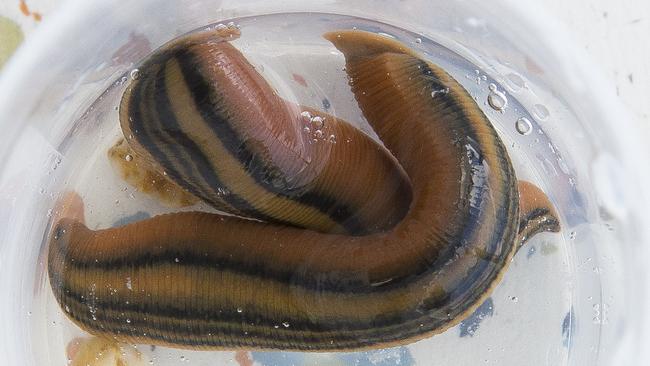
“Medical leeches are predominantly used following a traumatic amputation,” Ms Smolders said.
“If a finger is reattached and if the blood supply doesn’t go to the tip of the finger we’ll use a leech to suck out the congealed blood to allow for the flow.
“Sometimes the surgeon knows right from the outset it mightn’t be successful so will try medical leeches for the best chance to salvage the limb or finger.”
The medical leech is attached to the wound to work its magic, often taking a couple of days of the treatment.
“After surgery patients can form blood clots. In this instance, a leech’s purpose is to suck out the blood clot to allow the blood flow for proper healing,” she said.
The length of time a leech is applied depends.
“Sometimes they’ll only last an hour. Basically they get really, really fat once they suck the blood and when they’re full, drop off.
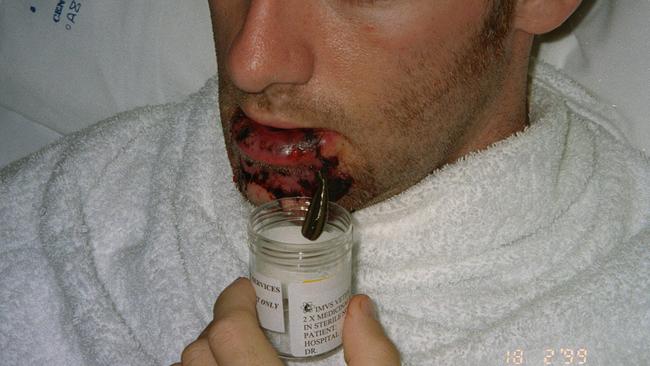
“That’s when you attach another leech.”
Ms Smolders said some patients were a little freaked out by the alternative treatment and others coped really well with having one attached to them.
The leeches have been part of the hospital for more than 20 years.
“We’re well known throughout Health NSW ... we’re the “go to” for leeches.
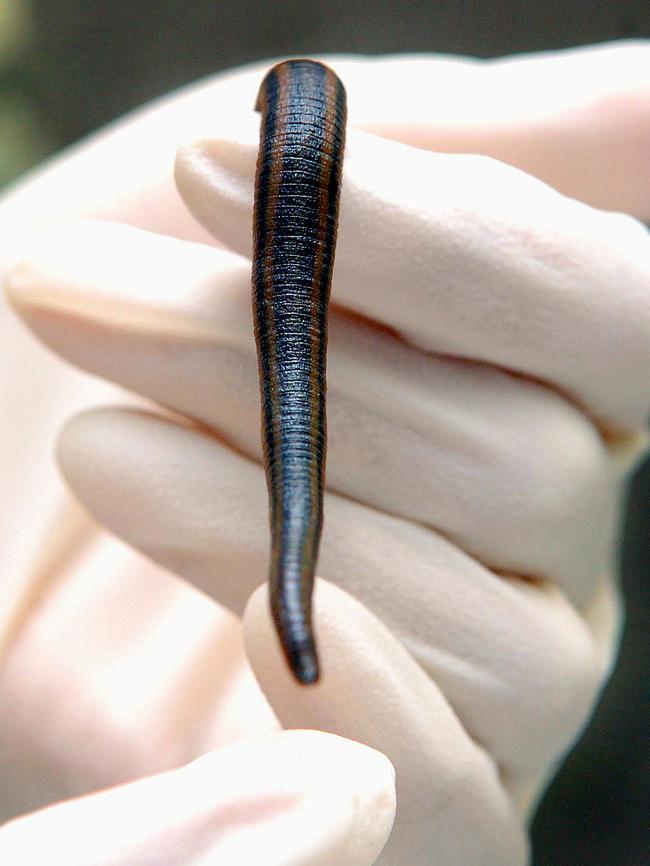
“We’ve seen some very positive results. A patient will come back from surgery and look like it’s potentially been unsuccessful.
‘After a couple of days of medical leeches they’ve kept their finger or flat without requiring further surgery.”
They’re stored in a fish tank and it’s mostly plastic surgeons who use them or head and neck surgeons.
Ms Smolders said they supply leeches to Sydney Eye Hospital, Canberra Hospital, John Hunter Hospital and interstate to Brisbane, Perth and Darwin.
If sent to a Sydney-based hospital, they’re packaged up in a jar and popped into a taxi. Interstate travellers travel via air with a “live stock” sticker on them.
There are strict guidelines in place — a leech can only be used on one patient.
“You can only re-use the same leech on the same patient. Once the leech is full you have to purge them in salty water which makes them vomit all the blood. We rest them for 24 hours and reapply to the same patient.
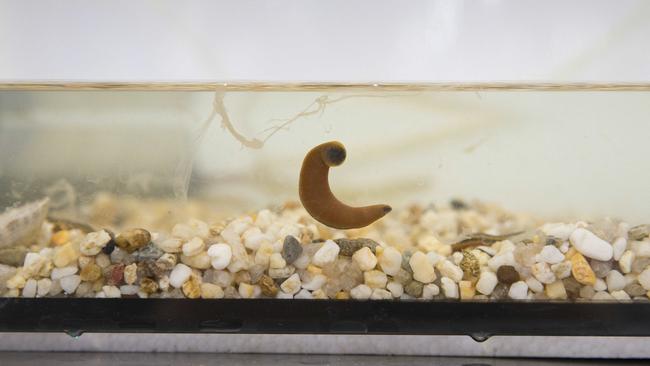
“If they’re not rested they aren’t hungry and won’t attach.”
Once the leech has finished being used on the patient they are euthanased.
“They definitely can’t be reused or recycled because they’re sucking blood,” Ms Smolders said.
“Killing a leech is the same as if you found one in the rainforest — salt.”
CLICK HERE TO SIGN UP FOR OUR NEWSLETTERS AND NEWS ALERTS

